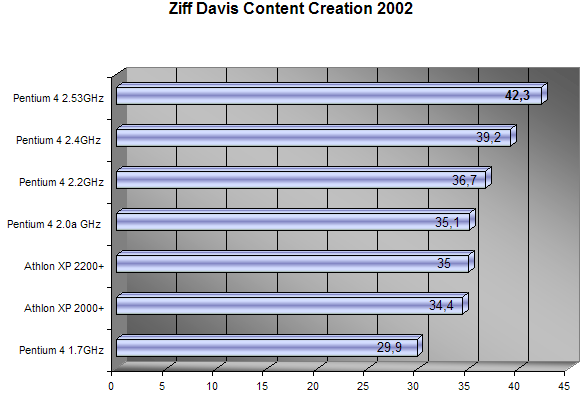
 |

|
| ActiveWin: Reviews | Active Network | New Reviews | Old Reviews | Interviews |Mailing List | Forums |
|
|
|
|
|
DirectX |
|
ActiveMac |
|
Downloads |
|
Forums |
|
Interviews |
|
News |
|
MS Games & Hardware |
|
Reviews |
|
Support Center |
|
Windows 2000 |
|
Windows Me |
|
Windows Server 2003 |
|
Windows Vista |
|
Windows XP |
|
|
|
|
|
|
|
News Centers |
|
Windows/Microsoft |
|
DVD |
|
Apple/Mac |
|
Xbox |
|
News Search |
|
|
|
|
|
|
|
ActiveXBox |
|
Xbox News |
|
Box Shots |
|
Inside The Xbox |
|
Released Titles |
|
Announced Titles |
|
Screenshots/Videos |
|
History Of The Xbox |
|
Links |
|
Forum |
|
FAQ |
|
|
|
|
|
|
|
Windows XP |
|
Introduction |
|
System Requirements |
|
Home Features |
|
Pro Features |
|
Upgrade Checklists |
|
History |
|
FAQ |
|
Links |
|
TopTechTips |
|
|
|
|
|
|
|
FAQ's |
|
Windows Vista |
|
Windows 98/98 SE |
|
Windows 2000 |
|
Windows Me |
|
Windows Server 2002 |
|
Windows "Whistler" XP |
|
Windows CE |
|
Internet Explorer 6 |
|
Internet Explorer 5 |
|
Xbox |
|
Xbox 360 |
|
DirectX |
|
DVD's |
|
|
|
|
|
|
|
TopTechTips |
|
Registry Tips |
|
Windows 95/98 |
|
Windows 2000 |
|
Internet Explorer 5 |
|
Program Tips |
|
Easter Eggs |
|
Hardware |
|
DVD |
|
|
|
|
|
|
|
ActiveDVD |
|
DVD News |
|
DVD Forum |
|
Glossary |
|
Tips |
|
Articles |
|
Reviews |
|
News Archive |
|
Links |
|
Drivers |
|
|
|
|
|
|
|
Latest Reviews |
|
Xbox/Games |
|
Fallout 3 |
|
|
|
Applications |
|
Windows Server 2008 R2 |
|
Windows 7 |
|
|
|
Hardware |
|
iPod Touch 32GB |
|
|
|
|
|
|
|
Latest Interviews |
|
Steve Ballmer |
|
Jim Allchin |
|
|
|
|
|
|
|
Site News/Info |
|
About This Site |
|
Affiliates |
|
Contact Us |
|
Default Home Page |
|
Link To Us |
|
Links |
|
News Archive |
|
Site Search |
|
Awards |
|
|
|
|
|
|
|
Credits |

|
Product: Athlon XP 2200+ |
Applications Benchmarks
| Table Of Contents |
| 1:
Introduction 2: CPU Overview & Overclocking 3: Synthetic Benchmarks 4: Games Benchmarks 5: Applications Benchmarks 6: Conclusion |

|
||||
|
||||
| SYSMark 2002 remains an
essential and very good benchmarking tool that is definitely not biased.
SYSmark 2002 is meant for the serious benchmarking professional. It
includes a robust set of 14 application benchmarks covering a wide range
of Internet Content Creation and Office Productivity application
categories. The applications emulate usage patterns of today's desktop
business user that includes concurrent execution of applications. The
results above speak for themselves, but let me comment them. In this test the winner is... well try to guess... the Pentium 4 2.53GHz, yes! Intel's latest monster outperforms AMD Athlon XP 2200+ by 41%. No, there's no typo you have correctly read the percentage. Even with the considerable advantage of having 512MB of RAM instead of 256MB for the Intel platforms, the Athlon XP 2200+ drags along. Such a difference between Intel and AMD processors can be explained by the presence of 512KB of L2 cache memory in Pentium 4 processors (against 256KB in Athlon) as well as the use of Rambus memory. Indeed the PC1066 Rambus memory teamed up with the 533MHz Front Side Bus of the Pentium 4 is able to offer a wide bandwidth required by today's most demanding applications. The Pentium 4 2.2GHz beats the Athlon XP 2200+ by 22%. Nonetheless the Athlon XP 2200+ outclasses the Intel Pentium 4 1.7GHz by 10%. |


